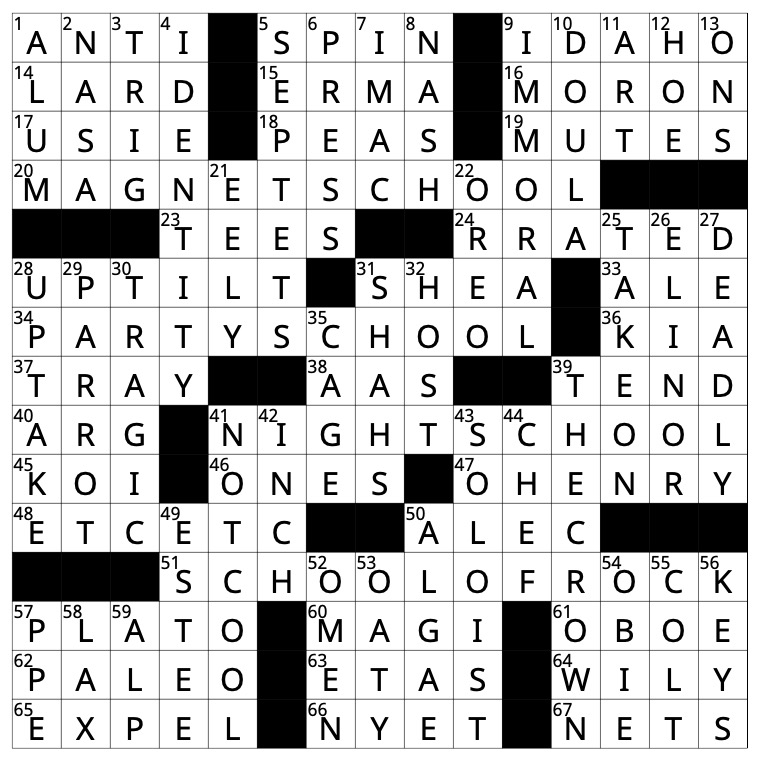By Ester Khachatryan
Artist-in-residence Kim Abelesâ environmentally-conscious art exhibit “Nature Studies” has been featured in Feldman- orn Gallery since Monday and will continue to be featured until March 6. A discussion will be conducted by Abeles on Feb. 18 to encourage awareness of environmental crises through art.
In addition to her own environmental art, Abeles worked with students and teachers of art, math, science and environmental studies to create art pieces that are unique in showing the effects of human waste and consumption on the environment.
Abeles turned the Feldman-Horn Gallery into a “leaf lounge,” placing pillows stuffed with leaves from around the world around the room to create a natural atmosphere for students and faculty, chair of Visual Arts department Cheri Gaulke said.
“Sheâs an incredible role model for students,” Gaulke said. “She is very committed to using her art to help people see things in new ways, such as what we are doing to the environment.”
The exhibition includes a 30 foot sculpture and data of five weekdays of trash that Abeles collected from campus.
“Kim not only gathered Harvard-Westlakeâs trash for a week and made art out of it, but she found things that people may not even realize they had thrown away,” Gaulke said. “Students might be surprised to find personal objects as part of the art.”
Students involved in the exhibition include upper school math department head Paula Evansâ math class that will evaluate campus consumption and waste based on Abelesâ data. Visual Arts teacher Nancy Popp and foreign language teacher Allan Sasakiâs photography students investigated the effects of the sunâs ultraviolet rays on different skin tones. Science teacher Tara Kheradyarâs AP Environmental Science classes collected brand names of packaged water. Video Art students will feature films on environmental studies. The Environmental Club, Gender Studies and H-W Green committee all took part in Abelesâ projects.
Included in the gallery is art that makes a political statement about the response of American presidents to the environmental crisis. Abeles stenciled portraits of past presidents on plates and allowed air pollutants to settle around them to reflect each presidentâs attitude toward environmental policy. Presidents who have been inactive in dealing with environmental issues are allowed to accumulate more air pollutants.
“Her art is not only beautiful and interesting, it has a transformative power,” Gaulke said. “It is important for students to know about this approach to art.”































